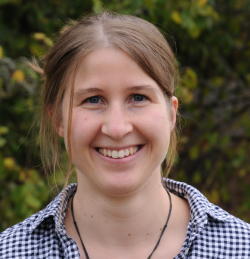
Prof. Dr. Hanna Meyer
AG Fernerkundung und Räumliche Modellierung
Institut für Landschaftsökologie
Heisenbergstr. 2, 48149 Münster
Raum 535
Telefon +49(0)251-83 30 097
E-Mail hanna.meyer [at] uni-muenster.de
Github https://github.com/HannaMeyer [en]
Sprechstunde nach Vereinbarung


